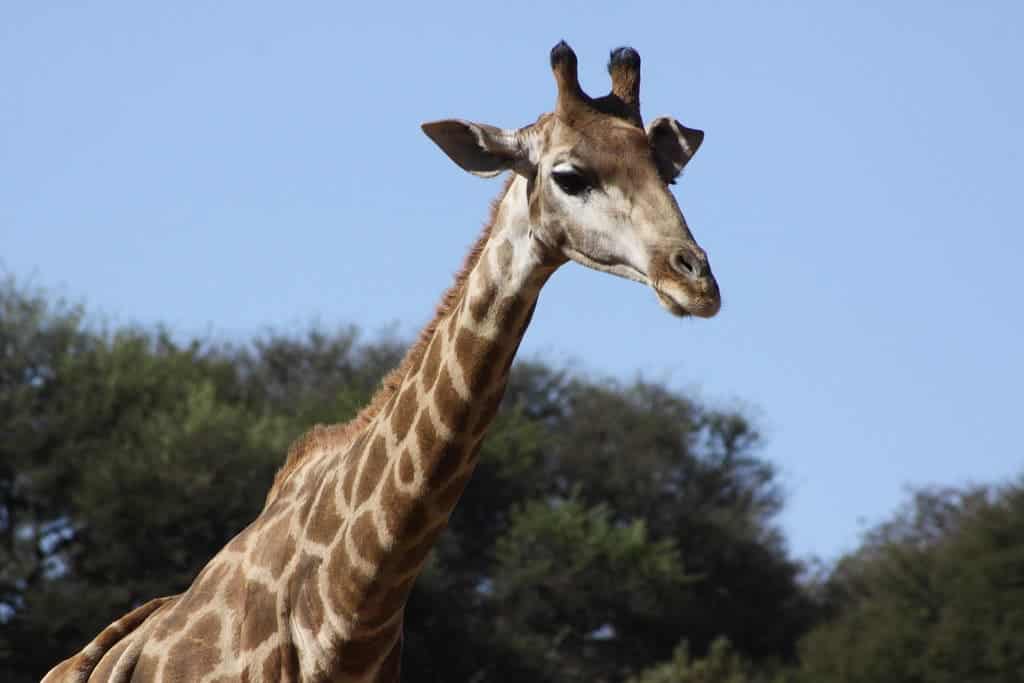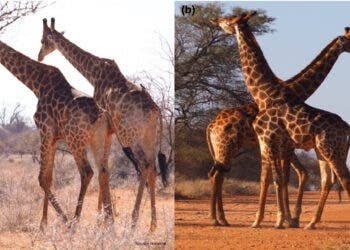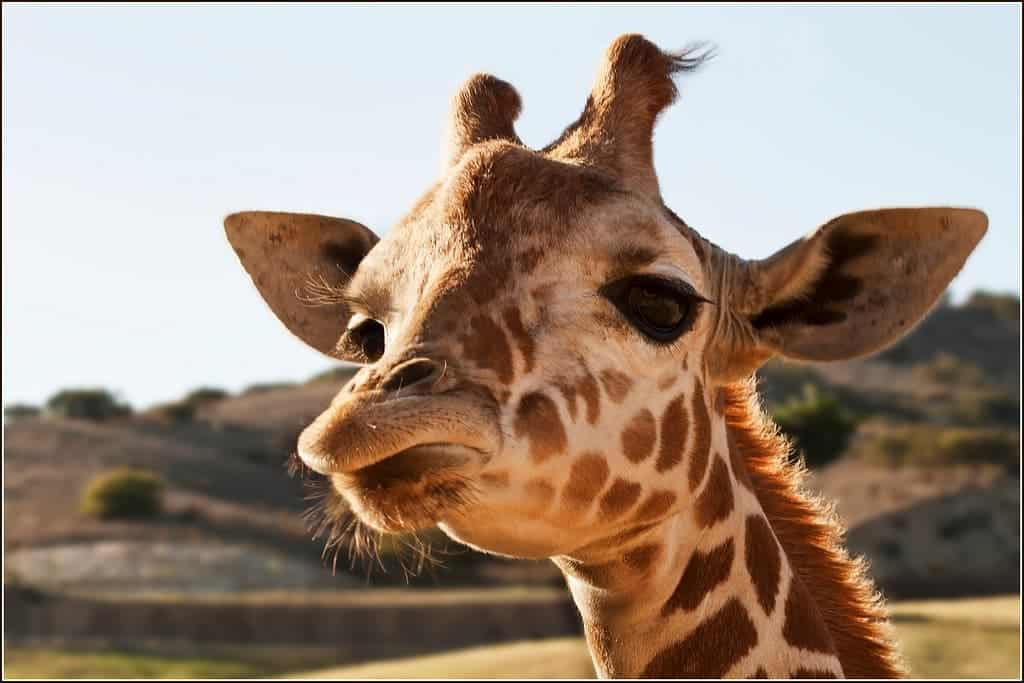Giraffes (Giraffa camelopardalis) are the tallest living animal and a conspicuous member of the African fauna. But until recently, they were thought to have no social structure as well as fleeting, weak social relationships.
That may not be the case, though. A new study has shown that their social organization is much more advanced, even comparable to elephants or chimpanzees — with grandmothers playing a role in raising grandkids.

Zoe Muller from the University of Bristol’s School of Biological Sciences reviewed over 400 studies on giraffes’ behavior and social organization. Along with co-author Steven Harris, they found that giraffes have a complex, cooperative social system that has features of a matrilineal organization – including the significance of grandmothering.
The grandmother hypothesis is actually an important idea in biology. It suggests that even after their fertile period, females have a long post-menopausal state because, in their role as grandmothers, they can improve the group’s resilience. By contrast, less socially complex mammals may die once their reproductive functions fade.
This idea has been theorized and to some extended demonstrated for several complex mammals such as killer whales, which spend around sixteen years post-menopause, similar to the post-reproductive span of women in hunter-gatherer societies. A 2019 study found that young whales that lost a grandmother were 4.5 times more likely to die than their peers, indicating just how much resilience grandmothers can offer.
This would imply that the older giraffe females are helping the group find resources in difficult times, Muller told The Guardian. “Complex social animals gain huge survival benefits from older females hanging around after they are done child-bearing,” she added.
A post-reproductive state
The study from Bristol University showed that giraffes spend up to 30% of their lives in a post-reproductive state, and during that time they provide crucial benefits for their offspring’s offspring. In a nutshell, they showed features of co-parenting with a grandmother. It’s the first time such a complex social structure has been suggested for giraffes.
“It is baffling to me that such a large, iconic and charismatic African species has been under-studied for so long,” Muller told Cosmos. “This paper collates all the evidence to suggest that giraffes are actually a highly complex social species, with intricate and high-functioning social systems, potentially comparable to elephants, cetaceans and chimpanzees.”
The researchers also found other features on life in a giraffe society, which suggest the mammals have a complex and female-driven social structure. For example, the offspring stay in their natal groups for much or all of their lives. Also, non-mothers help mothers to rear their young and females to spend their lives in cooperative groups, while males are dispersed.
Muller and Harris hope their findings may offer hope for the conservation of giraffes, as their population has declined about 40% in 30 years. There are 68,000 left in the wild that face multiple threats, from habitat loss to poaching. They used to live in much of the African savanna but they are now scattered in clumps across the continent.
“Conservation measures will be more successful if we have an accurate understanding of the species’ behavioural ecology,” said Muller. “If we view giraffes as a highly socially complex species, this also raises their ‘status’ towards being a more complex and intelligent mammal that is increasingly worthy of protection.”
The study was published in the journal Mammal Review.






